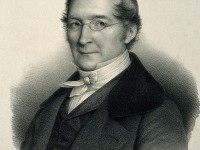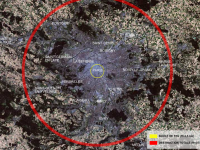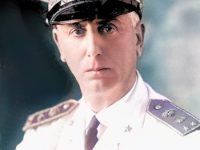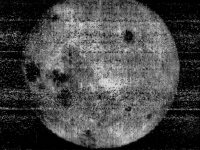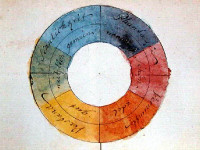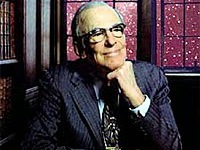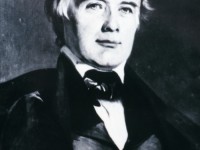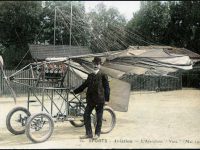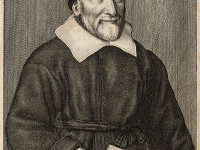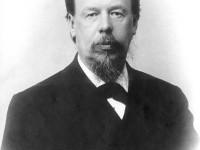Joseph Louis Gay-Lussac and his Work on Gases
On December 6, 1778, French chemist and physicist Joseph Louis Gay-Lussac was born. He is known mostly for two laws related to gases, and for his work on alcohol-water mixtures, which led to the degrees Gay-Lussac used to measure alcoholic beverages in many countries. “I have not chosen a career that will lead me to a great fortune, but not my principal ambition. In fact, later in life he enjoyed comfortable income…
Read more

